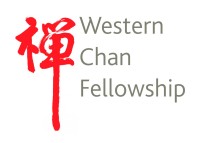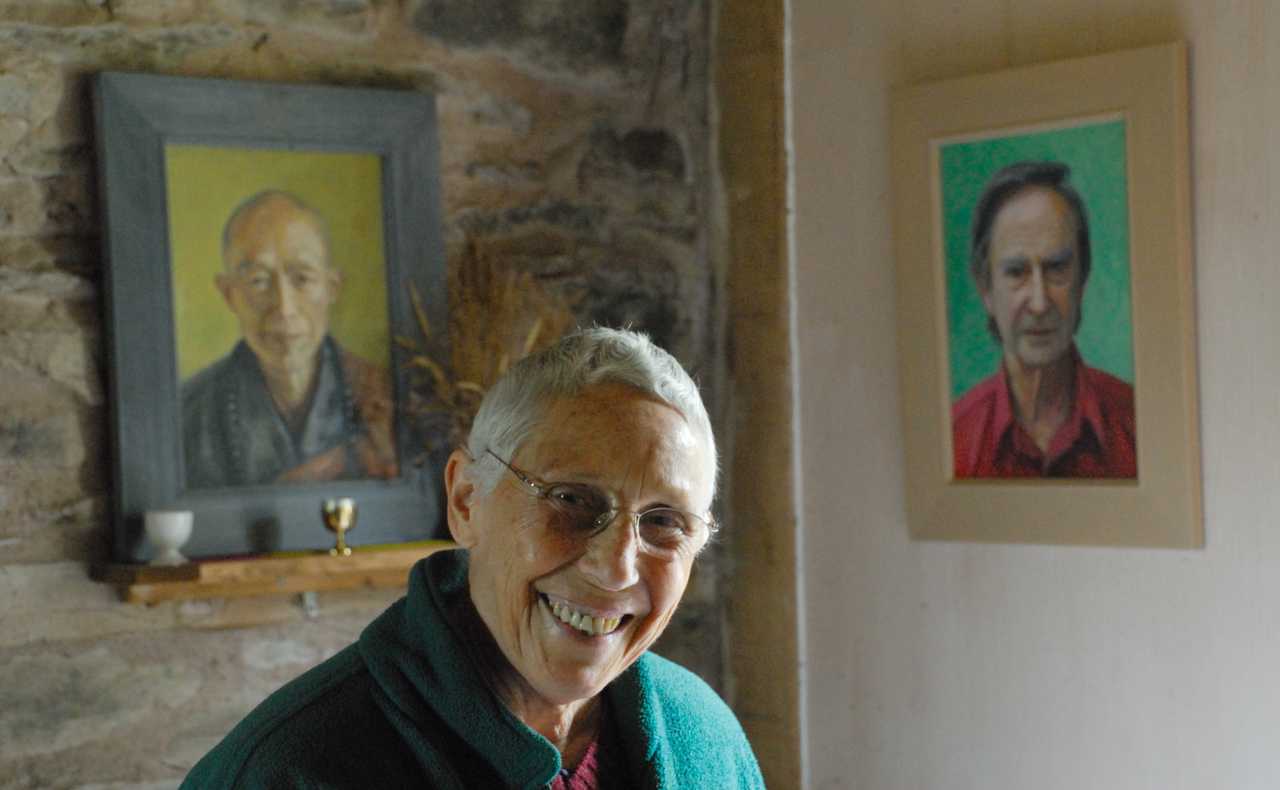Women and Buddhism: A conference in Cologne 30th March till 2nd April 2000
This conference was run by women for women. and was visited by 1220 women of whom 700 took part in the whole conference. It originated from several previous meetings concerned with similar themes
In 1983 women from North America ran the first conference whose main theme was about women in Buddhism. In 1987 the first international conference concerning Buddhist nuns was held and, on that occasion, the International Association of Buddhist Women, Sakyadhita was founded. The aim of Sakyadhita is to sponsor nuns in the East and in the West, to train women to become Buddhist teachers and to look at the role and function and the place of women within the Buddhist tradition. International conferences take place approximately every two years, up to now mainly in Asian countries. In 1997 A small international symposia took place in Frankfurt a. M. at the Johann-Wolfgang-von-Goethe-University on "Women in Buddhism. What is cool about Buddha?"
Now in 2000 this was the first big conference on Women and Buddhism in Europe. The prime intention was to make the engagement of women in Buddhism visible and to offer them the opportunity to meet with practising and teaching women and to network for support. The conference was run by women for women.
The inspiration and organisation came from Sylvia Kolk and Sylvia Wetzel. The idea was to contribute to Buddhism from the life and consciousness of women. Buddhism is experienced as a freeing practice which fascinates many women. This practice originating 2500 years ago has been interpreted and taught primarily by men, the experience of women being largely ignored. The conference was trying to question the teachings and practices from a feminist perspective, to ask questions and to investigate. The conference was seen as a place where this could take place.
Every day there was early meditation, lead by a Theravada, Zen and Tibetan teacher respectively. Then followed a main lecture: Joan Halifax, teacher of the Order of Interbeing (Thich Nhat Hanh) on engaged Buddhism. Tsultrim Allione who had been a Tibetan Nun on 'strong emotions'. Then there were offers of 3 workshops per day which participants chose at registration out of a dozen or so offers. The choice was dazzling.
There was also a most impressive selection of truly world-wide entertainments, all great fun.
The whole conference was framed by an interesting art exhibit by European women showing their feminine symbols of understanding and awakening to the Buddhist path with paintings, sculpture film and constructions.
I had first left Germany 40 years ago when hardly any one had heard about Buddhism. Returning now for this event, it was a moving and strange experience for me. Having in the meantime found 'a home in Buddhism' here in England, to find myself amongst all these Buddhist women, mostly German, some Austrian, Swiss, Spanish and very few English, was at some level very encouraging and I felt in touch at a deep level. It was a privilege to have been there.
There was no sense of different factions, it was about Buddhist women who belonged to different schools, yes, but this felt more of interest rather than of unbridgeable gaps. What was far more important was how we integrated Buddhist practice into our daily lives, where and how we found teachings. The conference offered a good platform to share about these aspects and to hear about interesting individual stories.
Perhaps it was also of specific significance, that this first women's conference took place in Cologne, one of the German cities most destroyed during the last war. There was a significant consciousness of the importance of peace work, and this first of all has to start within each one of us, and Buddhism feels a strong tool with a message of hope.
Initially the conference was run with a very considerable financial deficit, at the end of the four days enough money had been donated to cover it all and that too shows how deeply moved and committed many felt to the cause. There was much sharing of awareness of the exciting situation we found ourselves in; at some level creating new ways of Buddhism for Western women now being in a very different place from those before us. How can this revolution find a meaningful expression now, and how can women help each other?
At a deep level, there should be no necessity to create social divisions by gender, but clearly there has a long tradition during which this issue has not been addressed and the thought of which constitutes a burden for many women. Gender issues have never been a specific problem for me in our Chan group. On the other hand this conference has heightened my awareness of many problems facing women for which I am grateful.
- Publication date:
- Modified date:
- Categories: 2000 Other Articles Iris Tute Others
-
 Western Chan Fellowship CIO
Western Chan Fellowship CIO - Link to this page
Back

©Western Chan Fellowship CIO 1997-2025. May not be quoted for commercial purposes. Anyone wishing to quote for non-commercial purposes may seek permission from the WCF Secretary.
The articles on this website have been submitted by various authors. The views expressed do not necessarily represent the views of the Western Chan Fellowship.
Permalink: https://w-c-f.org/Q372-242


